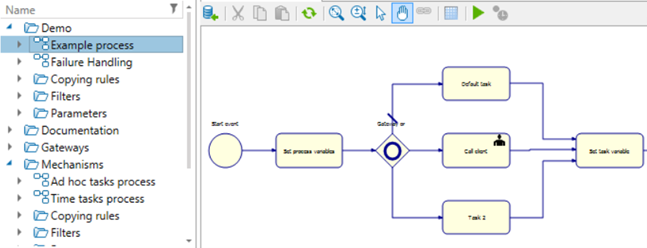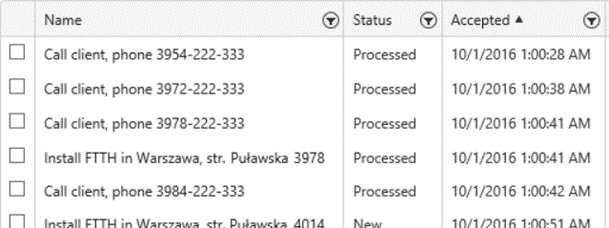The following quote from Raja Shah beautifully articulates why telecommunications providers are so essential.
“Telcos provide the fabric, the glue, that's enabling these digital experiences. From devices to networks, from stadiums to lounge rooms, and from content to broadcast and consumption, there hardly seems to be an industry out there that they don't in some way support or enable.
But for all the complicated advancements in technology, the role of each telco ultimately remains quite a simple one. They enable people to connect, communicate, interact and transact; things that the human race has been doing for thousands of years.”
The highlighted section beautifully articulates why OSS/BSS tools like SunVizion are also so essential. We provide service providers with the tools that enable people to connect, communicate, interact and transact over communications networks. It starts with people and ends with people, not to mention needing to appear highly streamlined, regardless of the complexity that exists in the technology solution behind the scenes.
TM Forum’s eTOM for the telecommunications industry
TM Forum’s eTOM (enhanced Telecom Operations Map), also known as the Business Process Framework, is famous in the telecommunications industry. It’s famous because it is so widely used by network operators. In an industry that arguably doesn’t have enough standardisation or consistency, eTOM provides the framework for building operational processes. It’s no coincidence that many of the exemplar processes provided with eTOM also start with people and end with people.
You’re probably already familiar with eTOM process examples such as:
- Order to Payment (O2P)
- Request to Change (R2C)
- Complaint to Solution (C2S)
- Termination to Confirmation (T2C)
The customer initiates the action (eg an Order, Request, Complaint or Termination). The OSS/BSS helps to coordinate a series of activities, then returns to the customer with information about the reaction (eg a Payment, Change, Solution, Confirmation).
The number 2 in those four acronyms above should not be underestimated. It can represent a complex series of events, decisions, rules / parameters, gates and activities, some manual, some automated. Most telcos will design a set of process models for its personnel to follow.
Having standardised processes helps to improve consistency, repeatability and measurability to operations teams. These are vital for ensuring operational efficiency. However, it’s also important that these processes have flexibility to handle any the many different unforeseen cases that can arise when performing thousands / millions of instances of each process flow every year.
Support through tools
Due to the volume of process instances undertaken, most telcos look to their OSS/BSS for support via tools such as:
- Process Designer – to help define, test and optimise each process model. This brings together the various different elements of a process design, including tasks, decision gates, sequential / parallel events, instantiation of business rules, flows and more

- Process Management – coordinates implementation of the many process instances that are in-flight at any point in time (as well as storing a record of past and future process flow instances as well). This shows how each instance is tracking in its end-to-end process flow, including tasks, status, etc. It also captures any instance-specific information that needs to be recorded such as installer notes, photos for evidence, approvals / permits, as-built specifications and much more. This doesn’t just manage all in-flight processes, but importantly must also be able to match and assign any manual activities to the operator’s personnel in the form of work queues such as the example shown below.

Both of these tools, Process Designer for design-time and Process Management for run-time, join together cohesively in the SunVizion Workflow Management solution.
SunVizion Process Designer allows the operator to create end-to-end workflows using BPMN (Business Process Modelling Notation), as indicated in the right pane in the first diagram above. SunVizion Process Management then assumes responsibility for monitoring and managing the correct progress of each instance of that process through to completion.
Both tools come with in-built functionality that leverages the power of eTOM and BPMN standards, as well as templated projects, symbols, tasks and rules to ensure a rapid turnaround from project start to use.
As you already know, the effectiveness of these operational processes has a direct impact on your profitability as well as your customer satisfaction levels. Processes start with people / customers and ends with people / customers.
If the design and management of your important operational processes aren’t as optimised as they need to be, please book a consultation with SunVizion to see how the SunVizion Workflow Management solution can streamline your operations, profitability, customer satisfaction and ultimately, brand value.